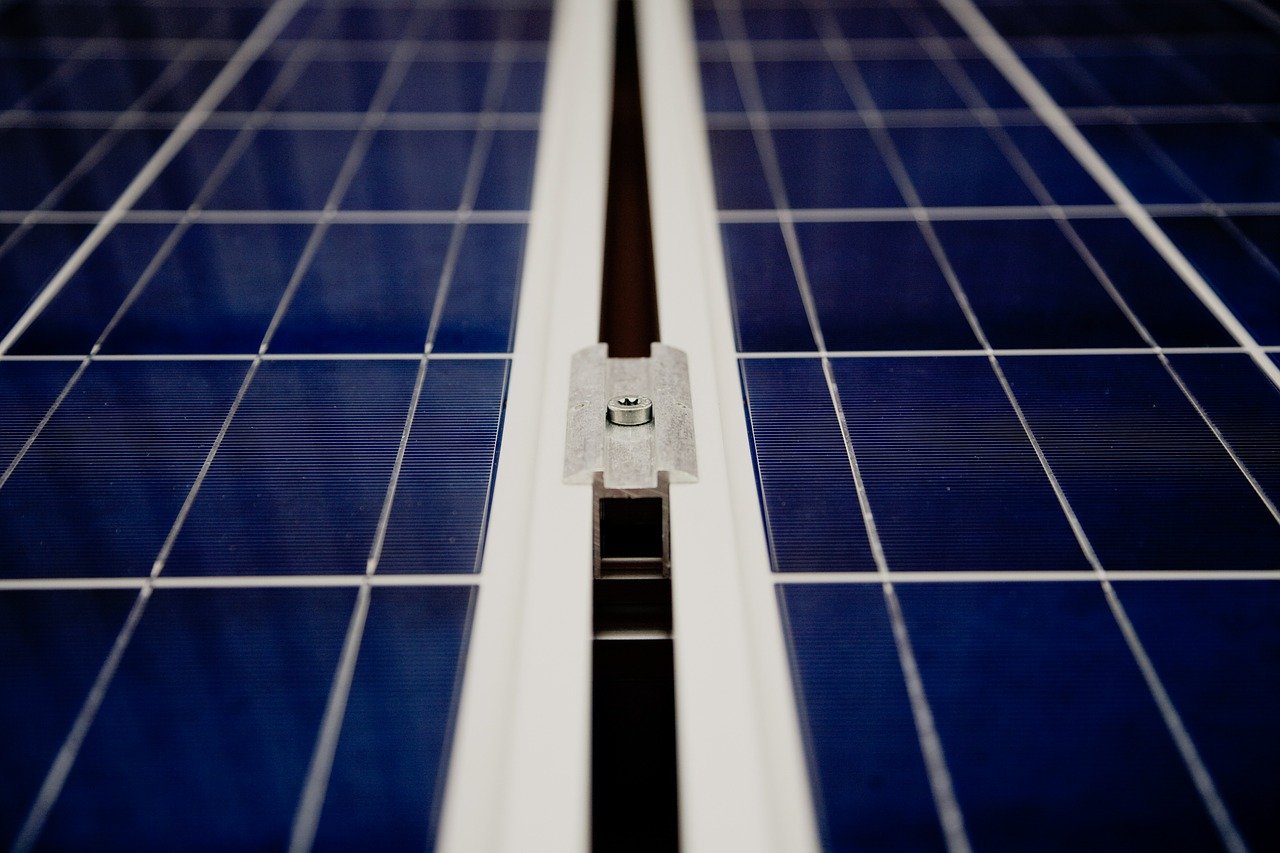There’s no question renewable energy provides substantial benefits for our climate, health and economy but what is the impact of renewable energy on worldwide energy output and emissions? What are trends in terms of investment and adoption of these technologies? Looking down the road, will all of our efforts make a difference?
As we see more and more renewable energy projects coming on line, it is a good time to take stock.
Fossil Fuel Energy Still Dominates
The top 10 power-producing facilities in the world are dominated by hydroelectric and nuclear plants. First in annual electricity generation is the Three Gorges Dam with 22,500 MW and Itaipu Dam in Brazil at 14,000 MW. Six of the top seven are hydroelectric projects with four of the top 10 nuclear plants. Top coal plants range in size from 5,000 to 6000 MW; fuel oil plants from 2,000 to 6000 MW, natural gas facilities from 4,000 to 6,000 MW, nuclear plants from 6,000 to 8,000 MW, oil shale facilities from 6,000 to 8,000 MW, peat plants from 200 to 1,500 MW.
Renewables: Some Proven, Most Under Development
Renewable power stations, with the exception of hydroelectric (conventional, pump-storage, run-of-the-river), are considerably smaller in average size with biofuels from 150 to 750 MW, geothermal, from 200 to 300 MW, tidal from 2 to 254 MW, solar power (flat panel photovoltaic, concentrated photovoltaic, concentrated solar thermal) from 152 to 250 MW, wave from 1 to 2 MW, onshore wind from 600 to 1,100 MW and offshore wind from 300 to 700 MW. As of 2010, the world obtained 83% of its energy from fossil fuels, 9% from nuclear energy and 8% from renewables.
Most of the renewables industry is still in the experimental stage and as specific technologies prove themselves they will be scaled up to larger and larger sizes. We are already seeing evidence of this with solar and wind energy projects currently in the planning stage.
According to the US Energy Information Administration (EIA), at current trends, worldwide energy use will rise 53% between now and 2035, driven primarily by China and India. Renewable energy is expected to be the fastest-growing source of energy over the next 25 years with 50% of new capacity being renewables. But fossil fuels continuing to be the dominant source of energy.
Chipping Away at Emissions
IndustryTap recently wrote “The Big Picture Breakdown of Greenhouse Gases” and earlier this year “In Depth: Global Energy Demand 2035 and Integrated Global Systems Model.” While the adoption of renewable forms of energy will significantly reduce emissions as they are essentially carbon neutral, taking major bites out of emissions will require technological breakthroughs that can be scaled up; we are just not there yet.
However, there are many possible technologies that might work: new forms of energy IndustryTap covered in “Can Fusion Energy Generate Unlimited Clean Energy by 2017?” and cleaner fossil fuels we wrote about it in “Can A Revolutionary New Gas Eliminate All The World’s Pollution?”
Finally, investment in renewables appears healthy and is increasing; market-based renewable energy solutions are essential if technologies are to be scaled up. Corporations have embraced new technology and this is having a ripple effect throughout the world economy, as we wrote about in “Bluer Skies Ahead with Company’s CO2 Emission Reduction.”






